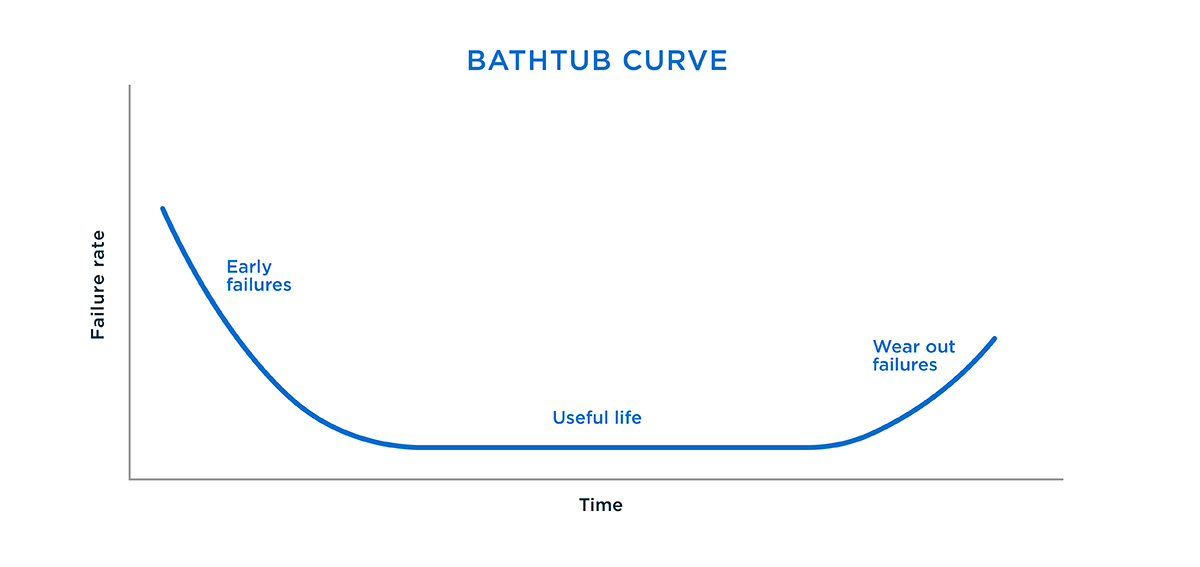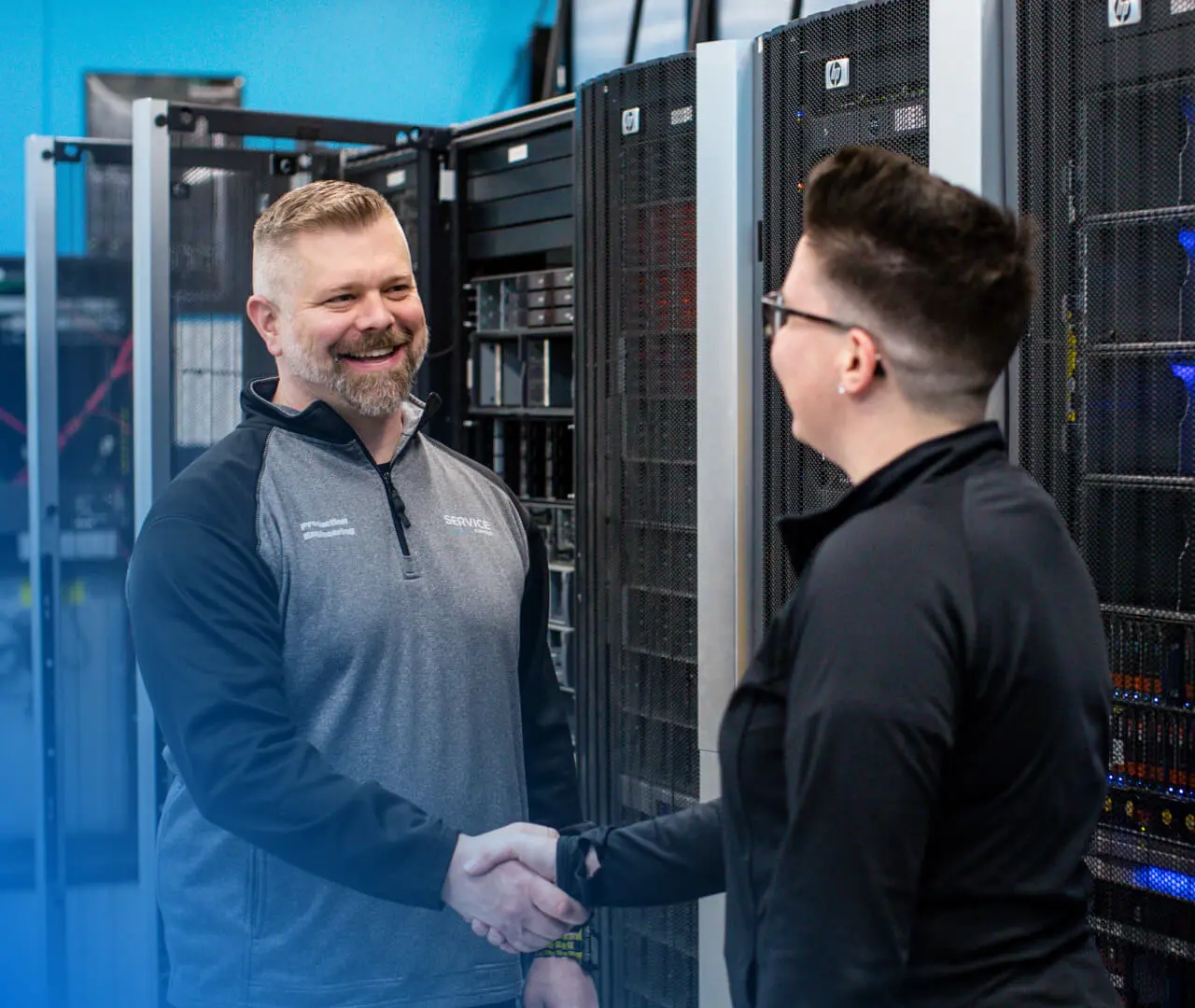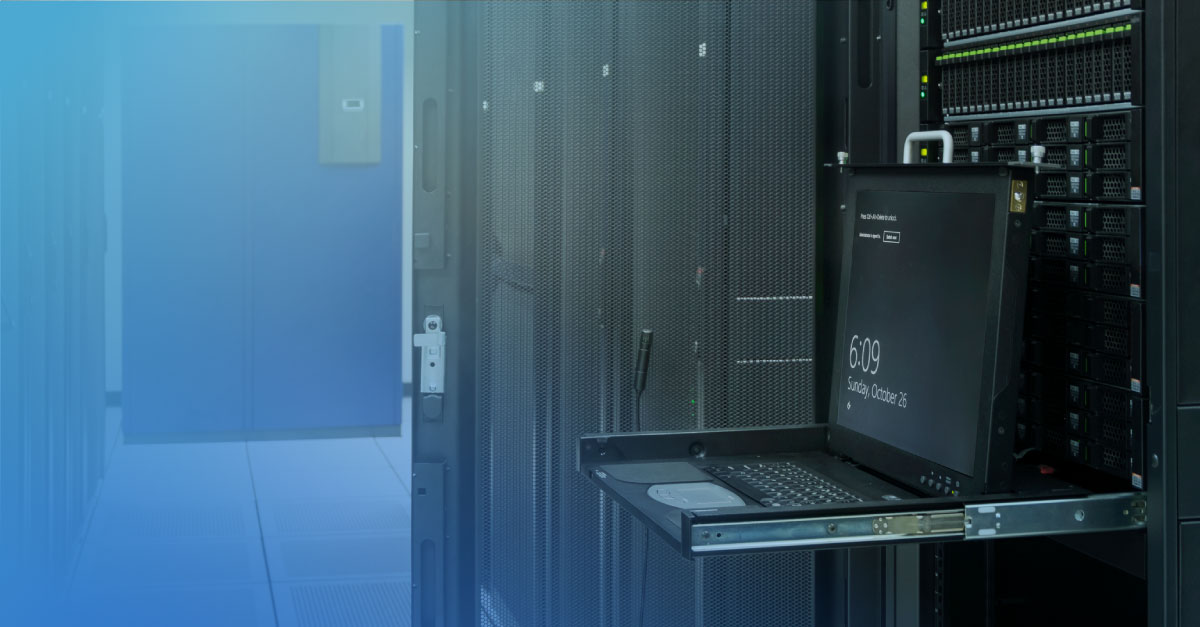Increased financial pressures and economic uncertainty have begun influencing IT infrastructure and hardware decisions. IT teams are facing the reality of tighter budgets and the push to deploy cost-reduction strategies. It’s common for companies to extend hardware refresh cycles to delay significant CapEx investments. The practice of prolonging equipment life cycles isn’t limited to small- and medium-sized businesses; enterprise and big tech companies, including Amazon Web Services (AWS), are also following suit. OEMs cite the reliability bathtub curve and encourage customers to follow a 3-to-5-year hardware refresh cycle. The truth is there’s an opportunity to maximize hardware investments by lengthening equipment’s useful life.
Sometimes a hardware refresh is the best solution to meet demands, and that’s okay! However, if your current IT infrastructure is meeting performance, capacity and power requirements, extending the life of your investment is a great option. Not only can delaying a hardware refresh reduce CapEx and OpEx spend, but it also reduces unnecessary waste, greenhouse gas emissions (GHG) and time spent managing the initiative.
With new generations of hardware, you’ll notice incremental upticks in the packet size, throughput and megabits per second (mbps). Why invest critical IT budget dollars in new equipment if performance increases are minimal?
Hardware reliability and the bathtub curve
The bathtub curve reliability theory suggests equipment failure rates are higher when the hardware is new to the market, decreases in the middle of the product’s life cycle and increase again toward the End of Service Life (EOSL). Although the bathtub failure curve is typically accurate for products beyond IT infrastructure, it doesn’t apply to all data center equipment.

At Service Express, we’ve collected over 20 years of service ticket data from over half a million devices to understand equipment longevity and reliability. The data shows that critical and non-critical server and storage failures don’t follow the bathtub curve reliability theory as expected. Instead, most equipment remains highly reliable for over 10 years.
Evaluating your hardware refresh cycle
Now that we know data center equipment is reliable beyond the typical 3-to-5-year refresh cycle, what’s the best action plan for your organization? Below are several options to help inform your next hardware refresh initiative.
Purchase new equipment
Advantages
Newer equipment
It may increase productivity, capacity, compatibility and speed (depending on the product)
Bundling equipment maintenance with the purchase may decrease OpEx costs during the support agreement.
New equipment may use less electricity over time.
Disadvantages
Large upfront CapEx investment
May have frequent firmware updates and bug fixes in the first several years.
Considerable time investment to ensure systems are up and running.
Potential for downtime or interruptions in service
Hardware support costs increase as equipment ages.
Leverage recertified, refurbished or previous generation hardware
Advantages
Offers 30–60% savings compared to purchasing new OEM equipment.
Ability to purchase hardware you need to build the right solution and meet requirements.
Similar performance to newer generation equipment
Options for data center support with third-party maintenance (TPM)
Disadvantages
Recertified and refurbished hardware is typically not eligible for OEM support.
Delay your hardware refresh
Advantages
Preserves CapEx budget.
Apply your savings to other areas of the business or more critical IT initiatives.
Set your pace for hardware refresh cycles to align with CapEx and OpEx forecasts.
Will be reliable for over 7–10 years.
Experience 50–70% savings off OEM post-warranty support costs with TPM.
Extending equipment life saves around 50 tons of CO2 compared to purchasing new OEM equipment.
Disadvantages
You won’t have the latest and greatest equipment on the market.
Instead of sticking with the status quo and following the 3-to-5-year refresh cycle, there’s an opportunity to weigh your options.
Extend the life of your IT equipment
As always, there are a handful of reasons why an organization needs to upgrade or refresh its hardware. If your equipment meets immediate needs, postponing a hardware refresh is an excellent option to save time, money and resources.
The good news is that TPM can help assist with evaluating your IT infrastructure strategy and providing equipment longevity and reliability insights for educated decisions. By combining longevity studies with real-time reliability data, IT teams can plan more efficiently, budget more strategically and allocate resources to other business priorities.
Topics:




